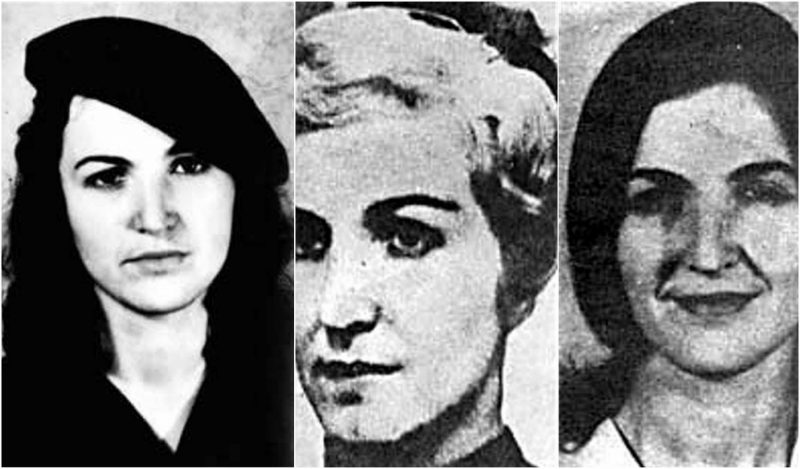Tamara Bunke, more commonly known as Tania or Tania the Guerrilla, was a Communist revolutionary who fought by Che Guevara’s side while he was in Bolivia to try to overthrow the Bolivian government and create a Communist state. She was the only woman in the Bolivian Insurgency, and she was killed by Bolivian Army Rangers, allegedly assisted by the CIA. She played a significant role in the Cuban government after the Cuban Revolution and was involved in many revolutionary movements across Latin America.
Tania the Guerrilla was born in 1937 into a family of Communist sympathizers, and her parents, Erich Bunke and Nadia Bider, were members of the Communist Party of Germany who had flown to Buenos Aires when the Nazi party came to power in 1933. As soon as they moved to the new city, they became members of the Argentine Communist Party and socialized only with people who shared the same political ideology.
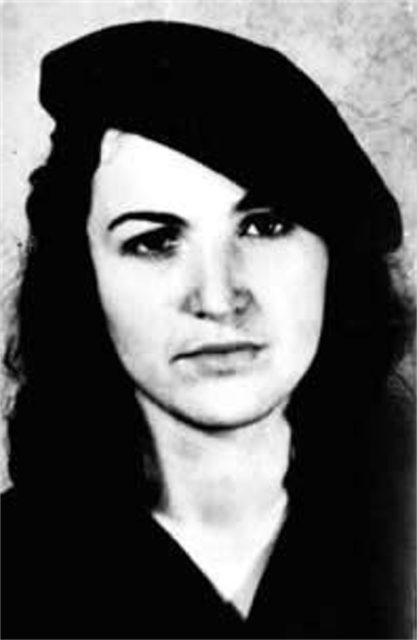
Tania and her brother Olaf grew up in an environment in which it is said they learned about Marxism first and then to talk. The goal of their parents was to raise them in the “right” spirit and ideology. Also, the Bunkes’ home in Buenos Aires was a place where many meetings were held, where refugees were helped, publications were hidden, and sometimes even weapons were stashed. Besides being a Communist, Bunke had a happy childhood in Buenos Aires. She liked sports and did exceptionally well at school. She also grew up loving South American folk music. However, her parents decided to return to East Germany in 1952 and settled in Stalinstadt (today Eisenhüttenstadt).
Tania enrolled at the Humboldt University in East Berlin, where she studied political science. She joined the youth organization of the Socialist Unity Party of Germany, the Free German Youth (FGY). At the same time, Tania became a member of the World Federation of Democratic Youth through which she could attend the World Festival of Youth and Students, first in Vienna, then Prague, Moscow, and Havana.
She was always attracted to Latin America and thanks to her linguistic abilities (she was fluent in German, Spanish, English, and Russian), Tania was engaged as a translator by the FGY’s International Department to the Cuban visitors in East Germany whose number rapidly grew after the victory of the Cuban Revolution in 1959.
In 1960, when Bunke was 23 years old, she was assigned as an interpreter to Che Guevara who she considered a hero. After this meeting and, of course, inspired by the Cuban Revolution, Bunke moved to Cuba in 1961. At first, she was doing voluntary work, teaching, and helping build homes and schools. The Cuban people liked and trusted her, so Bunke soon became part of the militia, the work brigades, and the Cuban Literacy Campaign. Later, she worked in the Federation of Cuban Women and the Ministry of Education.
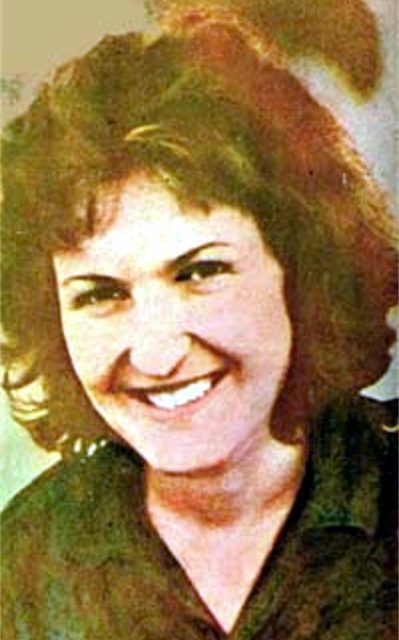
Bunke was personally chosen by Guevara to take part in “Operation Fantasma,” his guerrilla expedition to Bolivia. First, she was supposed to get her training in self-defense, learning how to use a knife, a pistol, and a submachine gun. She was trained by Dariel Alarcón Ramírez, commonly known by his nom de guerre Benigno, who also taught her how to send and receive coded messages and telegraph transmissions by radio. It was during this period that she adopted her nom de guerre “Tania.” Her initial training took place in Cuba and then for some time on a farm near Prague.
She was considered exceptionally intelligent with outstanding skills in espionage. The Cubans were impressed with her comportment and energy. Bunke was also very sociable and made friends quickly. Her teacher, Benigno, described her as beautiful, kind, intelligent, and very tough. She loved to play folk songs from Argentina on guitar or accordion, entertaining the Cubans in the training camp.
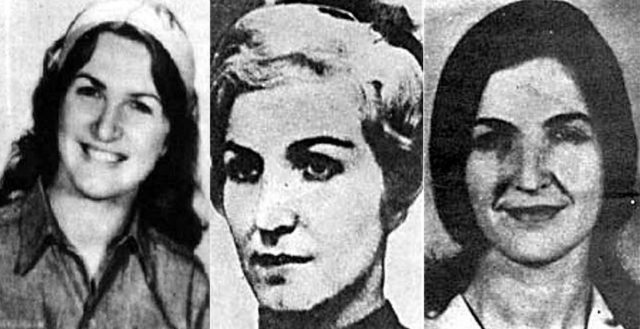
During her work for the Cuban government, Bunke utilized many disguises. One of them was Laura Gutiérrez Bauer, who traveled to Bolivia in 1964 as a folklore expert with an Argentinian background and a rightist political ideology, while in fact, she was gathering information on the political elite in the country and the Bolivian armed forces. Very quickly, Bunke rose to a high position in the La Paz society. She even befriended the Bolivian President René Barrientos with whom she spent a vacation in Peru. In the meantime, she was carefully maintaining her cover and spent time exploring the folk music of the country. Her research resulted in one of the most valuable collections of Bolivian music. She even married a young Bolivian with the purpose of gaining citizenship.
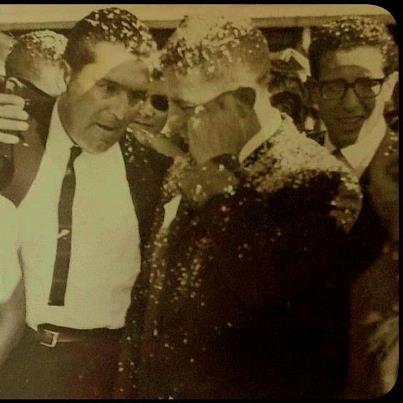
Bunke was invaluable to both Castro in Havana and to Guevara’s guerrillas. She sent coded messages through radio equipment that she kept hidden behind the wall in her room. In late 1966, she was forced to travel a few times to the guerrilla camps at Ñancahuazú, due to the unreliability of some of her comrades. During one of her trips, her identity was discovered after a captured Communist gave away the safe house where Tania’s jeep was parked. Having no other choice, she joined Guevara’s armed guerrilla campaign.
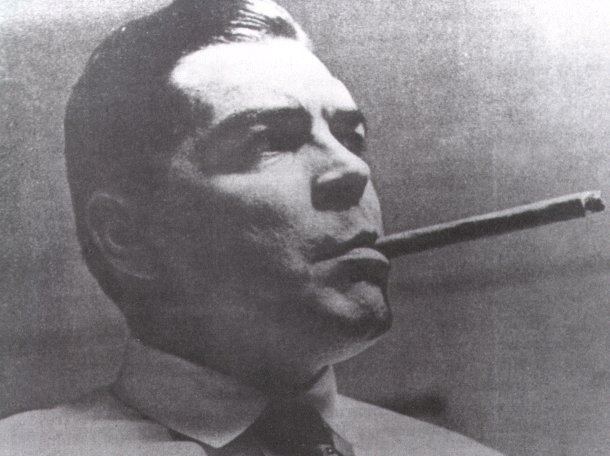
The rainforest didn’t suit her very well. First, she suffered from a high fever, then a leg injury, and in the end tungiasis, which is a parasitic infestation caused by the Chigoe flea parasite. On August 31, 1967, while crossing the Rio Grande at Vado del Yeso, Bunke and her eight fellow rebels were ambushed and killed. She was shot in the lung and died instantly.
The river carried her body downstream until it was recovered six days later by the Bolivian army. When her corpse was shown to the Bolivian president, it had been eaten by piranha, and the initial plan was for it to be thrown into an unmarked grave along with her guerrilla companions. But the local campesino women demanded a proper Christian burial for Bunke because she was a woman.
The news of her death was a shock for everyone, especially Che. There was a lot of speculation about a possible love affair between Bunke and Che Guevara. A book by Uruguayan author José A Friedl, Tania, the Woman Che Guevara Loved, was removed from sale in Germany after a request by Tania’s mother, as it was considered to contain defamatory allegations from a former Stasi officer that claimed that the two revolutionaries had had an affair.
On the other hand, Tania’s trainer, Begingo, wrote that their love was obvious in the way they talked and looked at each other. Bunke’s remains were transferred to the Che Guevara Mausoleum in Santa Clara, Cuba, alongside those of Che.
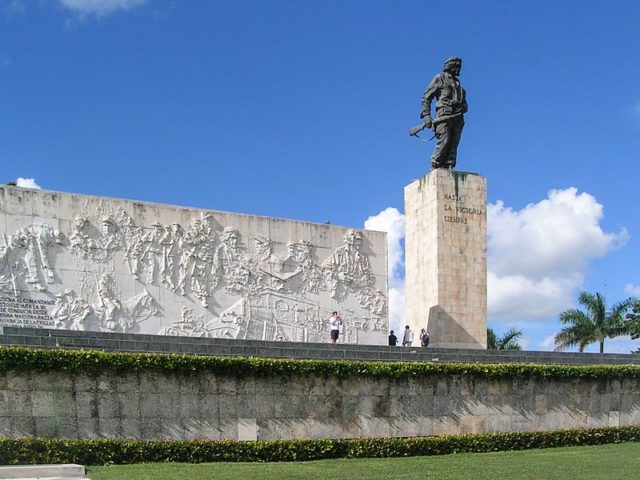
After Patricia Hearst was kidnapped by the Symbionese Liberation Army in 1974 in Berkeley, California, and later agreed to join their movement, she took the name “Tania.” Hearst herself explained in a tape recording that the SLA released: “I have been given the name Tania after a comrade who fought alongside Che in Bolivia for the people of Bolivia.”
Hearst was called Tania by her revolutionary associates while she was in hiding, up to the time of her arrest in 1975. When she joined the group in robbing a bank in 1974, she shouted, “This is Tania!”
